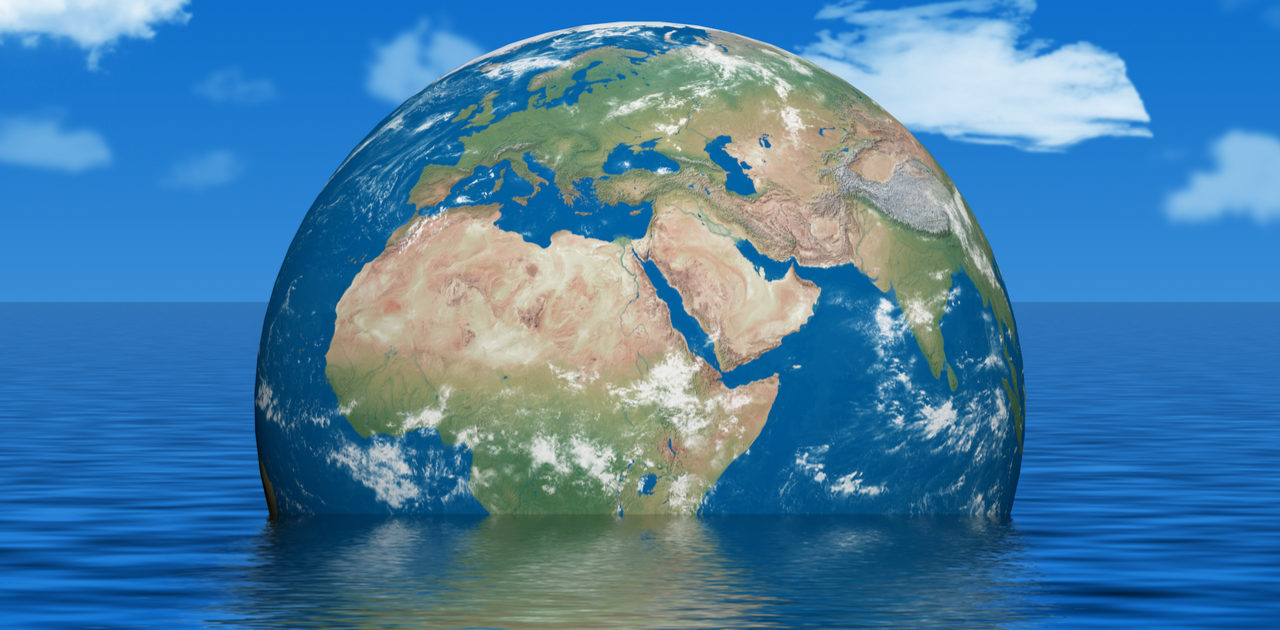
April is Water Conservation Month
April was declared Water Conservation Month to highlight the importance of, and benefits gained by, conserving water. The chief concern of excess water consumption is that it can lower reservoir and ground water levels, resulting in higher concentrations of natural and human pollutants, adversely impacting fresh bodies of water.
To view the full article please register below:
April is Water Conservation Month
April was declared Water Conservation Month to highlight the importance of, and benefits gained by, conserving water. The chief concern of excess water consumption is that it can lower reservoir and ground water levels, resulting in higher concentrations of natural and human pollutants, adversely impacting the lakes and streams that fish and wildlife depend on to survive.
Conserving water can also help save money—and not only in monthly water bills. It can mean lower taxes since municipalities need to spend less on new water supply and wastewater treatment facilities, while saving on the energy needed to pump, heat and treat water.
How to Cut Down on Your Water Usage
The average American family uses more than 300 gallons a day at home; up to 30 percent or more is directed toward outdoor use.1
Here are 20 ways to reduce water consumption and make a difference:
- Don’t let the water run if doing dishes by hand; better yet, save dirty dishes for an end-of-the-day cleaning by dishwasher.
- Match the water level to the size of the load of laundry.
- If your shower fills up a one-gallon bucket in less than 20 seconds, replace it with a more efficient showerhead.
- Keep your showers under five minutes.
- Put food coloring in your water tank; if it seeps into the bowl, you have a leak that needs fixing.
- Don’t run the water when brushing your teeth.
- Replace your bath with a shower.
- Don’t flush your toilet simply because you dropped a tissue in it.
- Fix all leaks—one drip a second adds up to five gallons a day!
- Teach your children water-saving tips and reward them when they follow them.
- Run your washer or dishwasher only when full.
- Keep a pitcher of water in the refrigerator to avoid running the tap.
- Wash vegetables and fruit in a small pan rather than under running water.
- Soak pots and pans instead of running water while scraping them clean.
- Stop planting water-thirsty plants in dry climates.
- Consider xeriscaping for your next outdoor project; this is the practice of designing landscapes that require little or no water beyond what the natural climate provides.
- Use a kitchen timer to remind you to shut off or move the sprinkler, or adjust automatic sprinklers to ensure you are not watering the house and sidewalks.
- Shut off the automatic sprinkler if recent rains have provided enough watering.
- Use drip irrigation for trees and shrubs.
- Use a pool cover to prevent water evaporation.
We can all do a small part to make a big difference. Any combination of the tips above can have tremendous benefits.
Source:
Please reference disclosures: https://blog-dev.americanportfolios.com/disclosures/












